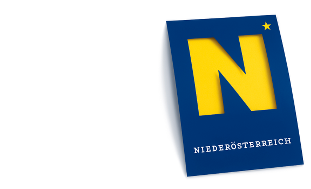Airborne laser scanning
With the help of airborne laser scanning (ALS), it can be possible to efficiently map the earth's surface in 3D in a short time. From the acquired ALS data, digital terrain models can be generated that show all archaeological structures that are still preserved in the topography.
In particular, the ALS method permits the detection of archaeological structures that survived in the topography in forested areas. The vegetation, such as trees and bushes, can be virtually filtered away using special procedures developed and improved by the LBI ArchPro. Based on the reflection intensities of the infrared laser used, it is also possible to generate highly-accurate orthophoto maps, which can be used for the rectification and integration of aerial images. By means of hyperspectral scanning, aerial images can be generated and analysed not only for the electromagnetic frequency range of visible light, but also in the near-infrared range and for very narrow frequency bands. The data collected by airborne hyperspectral imaging can be represented in the form of three-dimensional stacks of aerial images representing very narrow spectral ranges. With the help of special algorithms, changes in the vegetation or soil surface caused by archaeological structures can be visualized and interpreted archaeologically.





